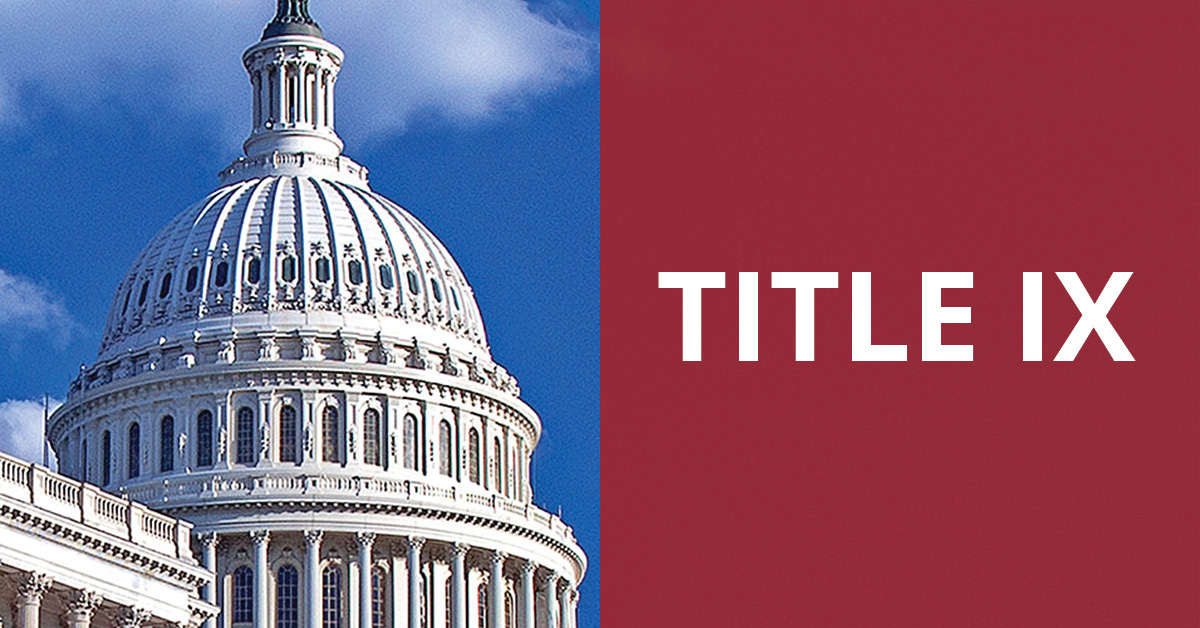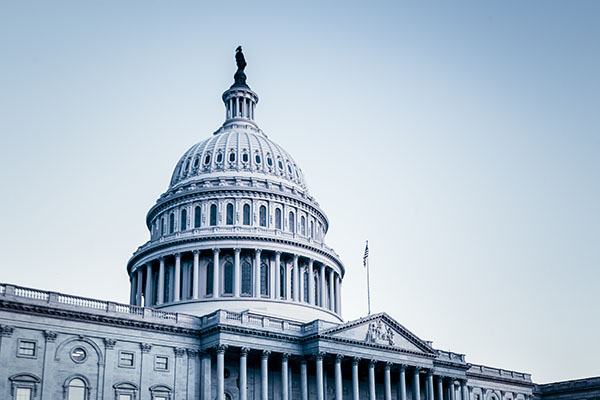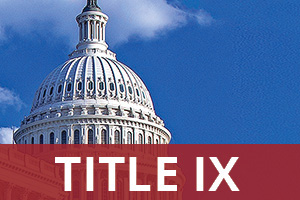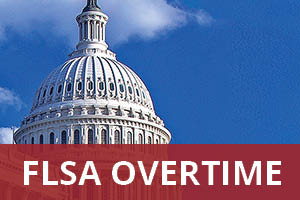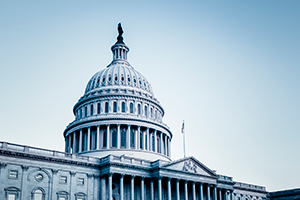Dive Brief:
- The U.S. Department of Education has told colleges and school districts they should follow the 2020 Title IX rule for investigating sex discrimination in schools, closing the chapter on a Biden administration rule that faced much legal turmoil.
- In a Friday “Dear Colleague” letter, Craig Trainor, acting assistant secretary for civil rights, said that under the 2020 rule, the interpretation of “sex” means being born male or female.
- The letter also clarified that any open Title IX investigations initiated under the 2024 Title IX Rule should be immediately reevaluated to comply with the requirements of the 2020 rule.
Dive Insight:
Trainor said the change is based on a federal judge’s decision in early January that struck down the 2024 rule as unconstitutional across the country. That Biden administration rule for the first time extended Title IX civil rights protections to LGBTQI+ students and employees at federally funded schools and colleges — including by prohibiting discrimination based on gender identity and sexual orientation.
Released in April 2024, the rule drew legal challenges, and courts blocked the regulations in at least 26 states.
Trainor also stated that the 2024 rule conflicts with a Jan. 20 executive order from President Donald Trump that requires all federal agencies and departments to recognize just two sexes — male and female — when it comes to “sex-protective” laws.
“As a constitutional matter, the President’s interpretation of the law governs because he alone controls and supervises subordinate officers who exercise discretionary executive power on his behalf,” Trainor’s letter said.
Supporters of the 2020 rule, developed under the first Trump administration, praised the letter.
Chad Wolf, executive vice president of the America First Policy Institute, said that under the 2020 rule, women and girls were “unjustly and illegally” denied access to sex-segregated athletic opportunities and intimate spaces. Linda McMahon, President Trump’s nominee for U.S. education secretary, is chair of the board at AFPI.
“Female athletes were seriously injured competing against males, and many were forced to undress in front of males,” Wolf said in a statement. “It was a misguided policy that did real harm, and this new guidance puts an end to it.”
But opponents to the 2020 rule voiced concern, saying it puts students at greater risk of harassment and discrimination.
“This is an incredibly disappointing decision that will leave many survivors of sexual violence, LGBTQ+ students, and pregnant and parenting students without the accommodations critical to their ability to learn and attend class safely,” said Emma Grasso Levine, senior manager of Title IX policy and programs at Know Your IX, in a statement. “Schools must step up to protect students in the absence of adequate federal guidance.”


